Pop quiz: Can you spot the native advertising on BuzzFeed’s homepage?
Which piece of BuzzFeed’s homepage contains native advertising?
If you answered “all of it,” you’d be exactly right. The entire front page, seemingly devoted to Instagrammers you should be following, actually is a huge advertisement for Samsung cameras.
Surprised? Shocked? Amused? Betrayed? All of these emotions are felt by viewers when they realize they’ve been fed advertising in what they thought was an article purely devoted to entertainment or getting more out of a photography hobby.
Native ads don’t yet have a clear definition, but at their simplest, they are a form of advertising that is so tightly interwoven within the site it’s being promoted on that customers can’t tell that it’s advertising. Different technologies have tried to paint native ads under names like sponsored listings, promoted posts, or online advertorials, but there are some definite differences.
Native Ads and Advertorials
Native ads seamlessly blend in and don’t disrupt from the user experience. On the other hand, most advertorials, no matter how sleek and well-designed, present a definite disconnect between the user and what they’re reading. If everything about your product is gushingly positive, readers will look to make sure they’re not being led on by a cleverly-worded pitch. In some cases, the line between helpful content and pure promotion is blurred considerably, as in this case in the UK where rosehips were promoted as a joint supplement.
An example of an indistinguishable advertorial from a UK magazine.
Native Ads and Sponsored Content / Promoted Posts
Sponsored stories, promoted posts, etc. are interstitial ads that pop up in your Facebook feed and Twitter page to try and match you with people or brands you might enjoy following. Here again, there usually is a disconnect between what you’re reading or watching and the ad being promoted. In some cases, like on the Cheezburger network, the sponsored ads do their best to match the humorous tone and style of the site, encouraging users to click them.
Native Ads “in the Field”
As you might expect, native ads are a double-edged sword. Imagine being able to dive right into the trust, authority, and credibility of another site, and leverage all that promotional goodwill for your own brand. The product matches, the audience is receptive, and everybody wins. AT&T, through its native ads on Spotify, promotes a unique, geographically-targeted playlist called Surround Sounds, which lets fans know where a song was performed or recorded:
AT&T’s Surround Sounds App gives fans something that they feel improves their Spotify experience.
Spotify isn’t the only site adopting native ads. Sites including Forbes, Gawker, and Mashable also are taking advantage of the trend, in addition to social networks like Twitter, Facebook, and StumbleUpon.
Compare these types of ads to the pathetically low .02% that most banner ads get, and you’ll see why advertisers are starting to fall in love with the lower costs per click and higher click through rates of native ads.
When Native Ads Backfire
Of course, not all native ads have the intended effect, as was the case when the Atlantic ran a sponsored ad featuring the Church of Scientology, and faced immediate backlash from its users:
The Atlantic’s native ad for the Church of Scientology.
When an organization as controversial as the Church of Scientology met the internet, the result was that the Atlantic didn’t just try to moderate comments (they did), ultimately, they gave in and threw their ad partner under the bus after people actually noticed the sponsored comment and started giving their heated opinions on it.
Of course, some brands have met with success even in spite of the controversy surrounding the topics they support, such as Oreo and their promotion of a gay pride event, which generated tens of thousands of likes, nearly 100,000 shares, and over 60,000 comments. Because Facebook is a free and relatively open discussion medium, topics like this resonate with many of the readers. The key lesson here? Choose your ad platforms wisely.
Surprisingly, Skittles wasn’t invited to the parade event.
What Do Customers Think About Native Ads?
We already have a pretty good picture of how marketers are using native ads, but what about consumers? According to a November 2012 MediaBrix survey, many customers find the ads misleading, depending on how they’re presented. Promoted tweets via Twitter score the lowest, but a whopping 86% of users feel misled by video ads that appear to be actual content:
Many consumers feel misled by thinly veiled native ads pretending to be real content.
So what’s a marketer to do?
Bridging the Gap between Help and Hype
If you’re considering using native ads, there are a variety of ways you can market yourself. Platforms include sponsored listings, playlists, websites, and other types of inclusions, as shown on this chart, courtesy of Sharethrough.com:
No matter which platform you choose, there are a few major points to keep in mind:
- Native advertising is not a press release – This is not an opportunity to rave about your products. Instead, talk about true stories or case studies where your product has somehow improved lives or contributed to the well-being of a community. Tide does this through their Loads of Hope program which provides laundry services to areas affected by disaster.
- Learn from big brand examples – There are plenty of sponsored videos and content from brands that showcase the right way to go about native advertising. Watch and learn from them for the best ways to integrate your ads into the best possible platform.
- Consider the customer – What would your user think about your ad? Would they find it helpful? Misleading? Informative? Annoying? Gauge the effectiveness of your ad by how well customers react to it, not by how great your marketing team thinks it is.
About the Author: Sherice Jacob helps business owners improve website design and increase conversions with compelling copywriting and custom design. Learn more at iElectrify.com and get your free web copy tune-up and conversion optimization checklist.
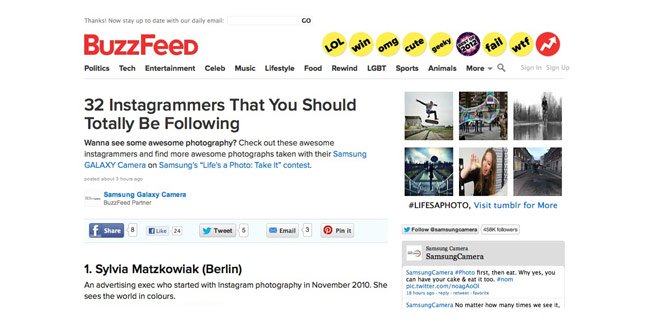
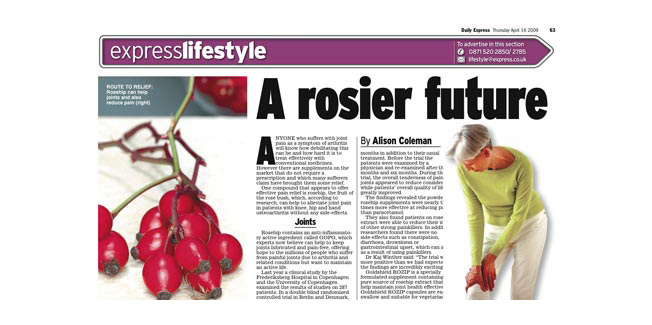

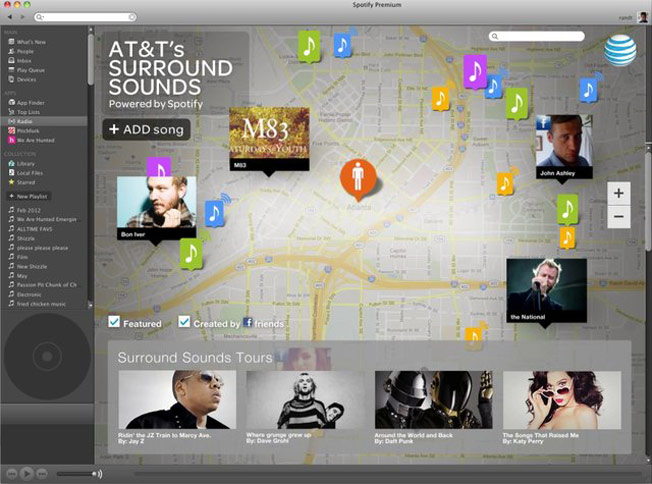

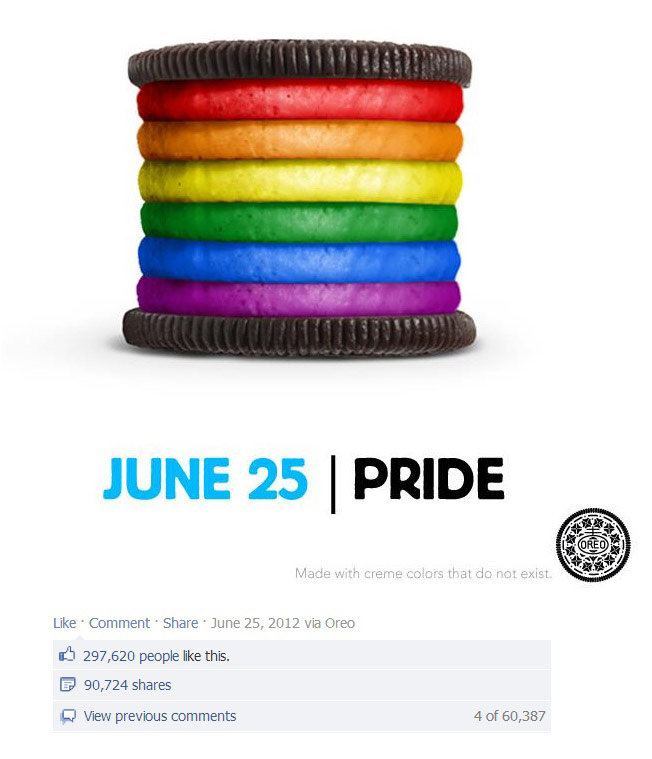
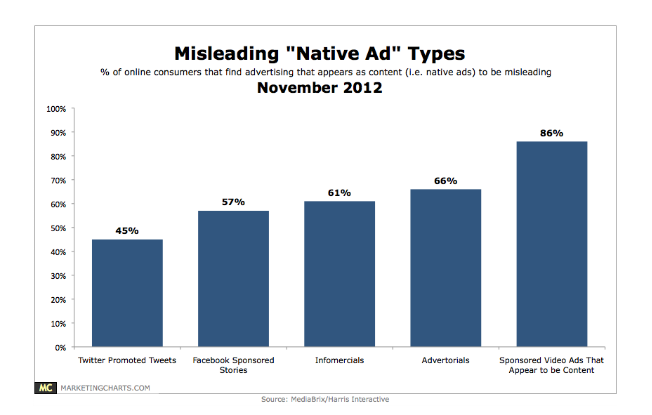

Comments (15)